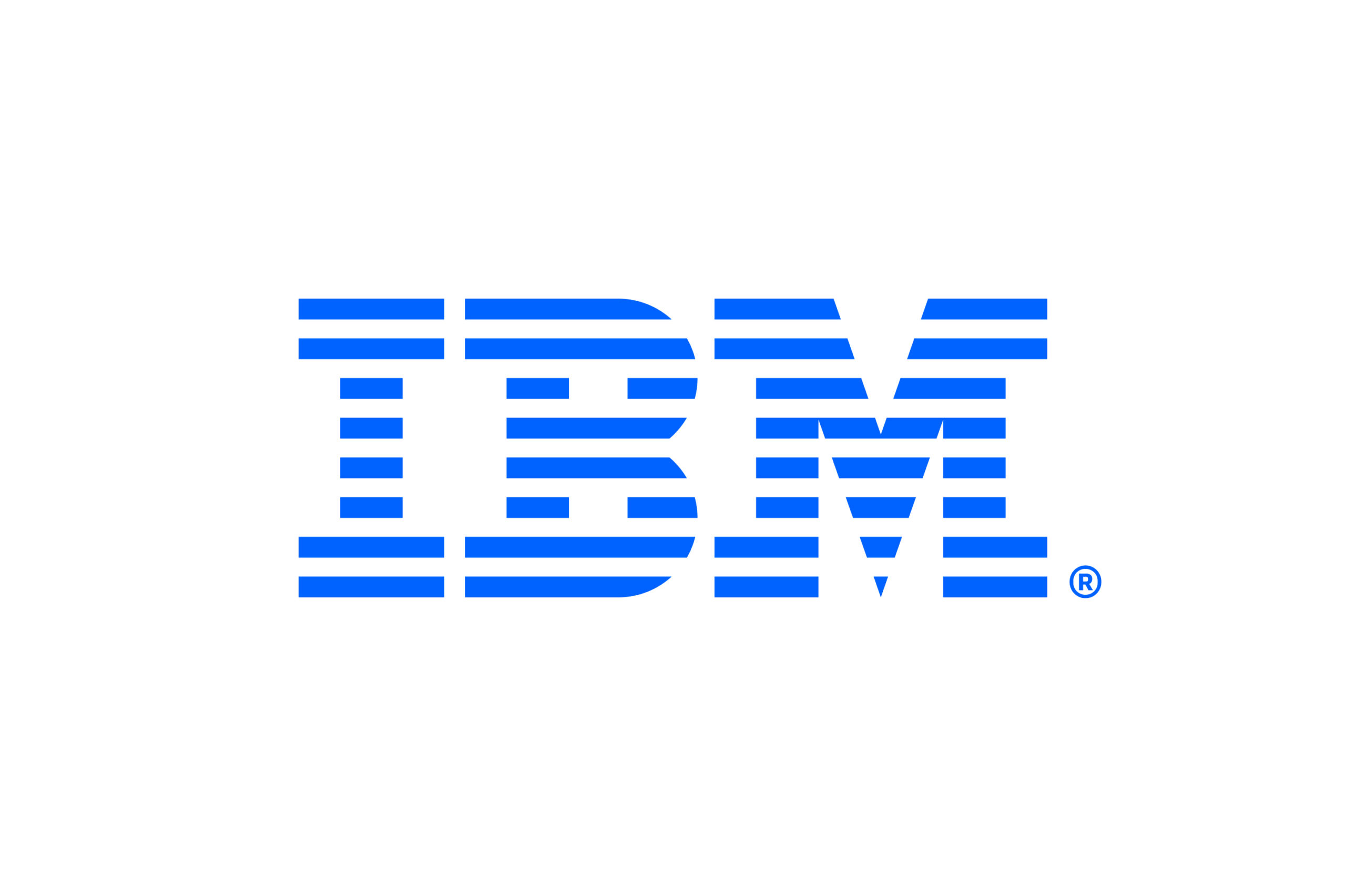“Companies can conduct business as usual remotely because Cloud service data centers manage processing power, connectivity, memory, storage and access to applications and programs.”
[/vc_wp_text]
Please tell us about your role and the team/technology at IBM.
As Senior Vice President, Cognitive Applications, Blockchain, and Ecosystems at IBM, I’m responsible for delivering market-leading products on our Cloud that create greater value for clients and partners. As we move further into 2020, I am focused on two key strategies to support IBM partners and customers:
1. Moving IBM from a product to a platform company by evolving products like Maximo, Sterling and IBM Blockchain with deeper integration to IBM’s Hybrid Cloud and AI platform; and
2. Driving our enterprise-wide mission to support IBM’s robust ecosystem of partners that help us bring IBM Public Cloud and Red Hat OpenShift capabilities to clients
Building robust ecosystems ultimately helps organizations innovate better and with greater efficiency for the benefit of clients. At IBM, we’re dedicated to being ecosystem innovators in order to foster a culture of openness and collaboration not only among our employees but also with our partners and customers.
Tell us about the changing expectations from the Cloud and Data management companies, especially when the demand for remote employment is witnessing an unprecedented rise?
A few months ago, businesses had to balance the IT needs of the office and remote workers. Almost overnight, many organizations around the world faced the new reality of shifting to work-from-home. This shift happened fast, and the value of Cloud Computing has never been greater.
There are many business-oriented applications available to connect remote workers to collaborative tools that enable business continuity. Cloud-based support systems like Videoconferencing, File-sharing services, Communications platforms, Data analytics, Graphic design, Accounting, HR, and Sales management programs allowed remote employees to continue collaborating globally.
For example, Ribbon Communications, which is part of our growing Public Cloud ecosystem, recently announced that the company is offering IBM enterprise clients its Smart Office Collaboration rooms as part of a free trial through June of this year.
Mahindra Group’s Tech Mahindra recently joined the IBM Public Cloud ecosystem. What are the key business values of this partnership?
Our work with Tech Mahindra helps clients accelerate the development of Cloud-based technologies to migrate critical workloads to the IBM Public Cloud. Our technical enablement teams are working closely with Tech Mahindra engineers to help clients go to market by supporting architectural reviews, creating proofs of concept, and running pilots. This partnership will help clients migrate their enterprise workloads to the IBM Cloud starting with SAP, VMWare, and Power workloads, as well as offer application modernization opportunities leveraging IBM Cloud services. This will extend all the way to native cloud development leveraging Red Hat OpenShift.
We are also working with Tech Mahindra to establish innovation centers designed to specifically address transformative Cloud-based solutions and offer a dedicated space to showcase innovative technology. The first center is planned to open in Bengaluru, India, later this year, and will specialize in solutions built with IBM Cloud Paks to support clients across Telecommunications, Manufacturing, Financial Services, Insurance, Retail, and Healthcare.
How would it jointly benefit the customers of both companies?
By working closely with Tech Mahindra, we’re leveraging IBM’s VMWare, SAP, and Power on Cloud services to help businesses migrate critical enterprise workloads. Together, we can help clients go to market faster by providing a greater level of scale, resources, and capabilities than ever before.
By using IBM Cloud Paks, we deliver integrated solutions to fully realize the benefits of the IBM Public Cloud, which is the most open and secure public cloud for businesses and accelerates the impact of Cloud-driven digital transformation.
Tech Mahindra’s experience in Telco and industrial verticals, as well as leadership in 5G/Edge Computing, Blockchain, and AI, combined with IBM’s Cloud platform and Cloud Pak solutions is helping clients to modernize their journey to Cloud.
Could you please tell us about your other partnerships and the digitization efforts planned for the next 6 months?
In March 2020, we launched the IBM Public Cloud ecosystem, which currently includes Infosys, Movius, Ribbon Communications, Sysdig, and Tech Mahindra. The new initiative supports global system integrators (GSIs) and independent software vendors (ISVs) to help clients modernize mission-critical workloads on the IBM Public Cloud. Partners play a major role in helping clients accelerate their digital transformation, and this is a way for us to support our partners with IBM’s technical expertise and resources.
For participating ISVs and SaaS providers, this initiative also supports onboarding to the IBM financial services-ready Public Cloud, where IBM will provide a prescriptive implementation and evidence process to guide each partner to deliver their offerings. We recently announced that Assima, C3.ai, Finacle, Intellect Design, and Thought Machine are the first partners to commit to delivering their offerings through the platform, and will go through an onboarding process, supported by IBM and designed with the financial services-ready public cloud requirements.
Platform companies are driven by ecosystems, and over the next six months, we will continue to grow ours as more partners sign on to help customers accelerate their digital transformation with the IBM Public Cloud. Businesses can work with IBM’s robust ecosystems made up of partners that can help clients leverage technologies such as Cloud, 5G, Edge, and more, to achieve business transformation.
In the modern IT scenario, which is under heavy pressure due to lockdown, how does IBM continue to deliver quality service and promise agility?
If companies had to shift to Cloud-based, remote work environments on their own, many could encounter network problems or potential security concerns. Network availability and latency can suffer under high usage, especially during a time when productivity is already under pressure
Behind the scenes, Cloud computing services like IBM ensure that companies can seamlessly transition to widespread work from home through public, private, and hybrid cloud environments. With more than 60 data centers, IBM Cloud enables organizations to deploy workloads into six regions and 18 availability zones across the globe.
Companies can conduct business as usual remotely because cloud service data centers manage processing power, connectivity, memory, storage and access to applications and programs.
Security measures are deeply tied to Cloud deployments. Google Anthos, AWS, and Azure have heightened their security configurations. Could you tell us about IBM’s efforts toward these security frameworks?
IBM made focused investments on building the most open cloud with pervasive security at every layer. By leveraging time-tested protection capabilities to secure data in all stages – at rest, in motion, and in use – as well as built-in isolation, access management, and integrated security measures, we can provide continuous security for Cloud-based applications and workloads.
Tag a person whose answers you would like to read here:
Pawan Sharma, President & Global Head of Strategic Initiatives at Tech Mahindra
Thank you, Bob! That was fun and hope to see you back on MarTech Series soon.
As Senior Vice President, Cognitive Applications at IBM, Bob is responsible for infusing AI in all IBM applications. He also leads IBM Developer Ecosystems and is focused on enabling the world’s developers to access IBM tools at scale. He was appointed in 2016 by IBM’s ninth CEO Ginni Rometty as the company’s first Chief Digital Officer with a mission to change how IBM innovation is delivered and consumed by the world’s leading organizations.
Bob oversees IBM’s leadership and participation in dozens of open source communities, contribution and donation of open source code, and overall industry advocacy. In 2018 Bob launched Call for Code, a major initiative to give developers and data scientists ubiquitous access to IBM tools and technologies as a means to solve global, societal challenges.
Prior to IBM, Bob served as President of AOL, leading the company through its evolution into a leading, global advertising platform. He also served as CEO of Razorfish, a pioneering digital transformation consultancy helping companies such as Ford, Pfizer, Conde Nast, Mercedes-Benz and Cisco redefine their brands for the digital age. He started his career as an engineer, graduating from Syracuse University with a BS in Industrial Engineering and Operations Research, before going on to graduate with an MBA from Harvard University.
IBM is a leading cloud platform and cognitive solutions company. Restlessly reinventing since 1911, we are the largest technology and consulting employer in the world, with more than 350,000 employees serving clients in 170 countries. With Watson, the AI platform for business, powered by data, we are building industry-based solutions to real-world problems. For more than seven decades, IBM Research has defined the future of information technology with more than 3,000 researchers in 12 labs located across six continents.












